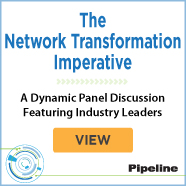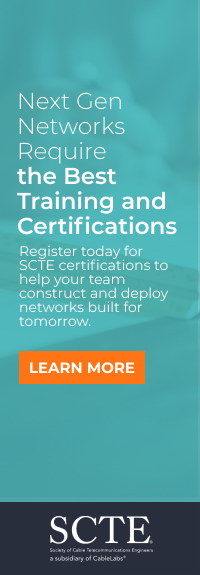Preparing for GenAI Innovation
Workforce Anxiety
Some predict that GenAI will automate 80% of jobs. CEOs are saying, some publicly, some privately, that in order to start a new hiring process it must be proven GenAI can't do the job.
All of this is leading to high anxiety in the workforce. The anxiety is broad-based. A leading industry consultant told me privately that the word that best described the year’s MWC (Mobile World
Congress - one of the largest trade shows held every Spring) was anxiety.
Training, outplacement, and termination packages have been used in the past. These may still be helpful. However, they are based on the assumption that automation will replace low-skill jobs and that there will be up-skill opportunities. GenAI has brought that into question. Some predict that only people who can build the next generation of AI systems will have jobs. Others maintain that AI itself will create the next generation of AI.
This is a challenging area ripe for innovation. However, it appears that those with the expertise, experience, and incentives to create this innovation are distracted by other things. Thus, successful business leaders will make it clear to their organizations that this is a problem area that needs to be solved, and good work will be rewarded. Leaders who take the path of trying to ignore the problem. Pretend it doesn’t exist. Continue business as usual. Will confront growing employee morale problems, such as declining performance, etc.Preparing for the Next Generation
There is so much pressure to release the next incremental update that it is easy to miss the next disruptive innovation in GenAI software and hardware. Current naming conventions around software incremental changes are confusing, and disruptive software products may suffer from the same confusion. It appears that APIs and associated tools are moving in a direction that may be workable. However, ways of describing behaviors of particular GenAI systems can be problematic.
Application developers can be too heads down as well. Focused on solving today’s problems. They also need to think about the path forward to next-generation systems. One way to do that is to document and archive the detailed requirements they are using carefully. Try to understand what they are seeking to achieve clearly. What portions of that had to be sacrificed to fit in this generation? Where they were successful. Where they failed. What they expect the path to the next generation to look like. And how they want to get there. How they can make the transitions between generations easy for their end users, system maintainers, etc. Such documentation will allow them to speed up developing and deploying next-generation solutions.
Understanding the behaviors of particular GenAI systems is particularly important in intelligent agents responsible for controlling physical things. Examples include autonomous vehicles, drones, factory robots, farming robots, controlling electrical grids, etc. Replacing an older generation GenAI system in such applications with a new generation one is not a simple plug-and-play operation. Even if the APIs seem close enough to work, the differences in fundamental behavior may produce unexpected and unacceptable responses. Application developers must be cautious until better ways of describing particular GenAI systems’ behaviors are common.Conclusion
Success leaders in the GenAI innovation environment will understand and prepare for the coming generations of innovation. The competitive drivers behind AI will not stop. These leaders will drive current activities to make efficient use of current generations of AI while preparing for future generations of disruption. At the same time, they will find innovative ways to take care of their employees, ways that lower employee anxiety, creating high levels of performance and organizational success.



















